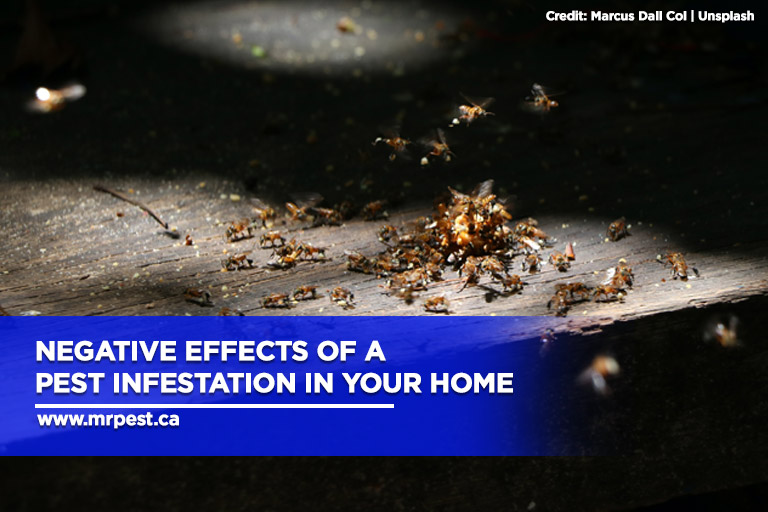The Facts About Eco Bed Bug Exterminators Dc Uncovered
The Facts About Eco Bed Bug Exterminators Dc Uncovered
Blog Article
Rumored Buzz on Eco Bed Bug Exterminators Dc
Table of ContentsA Biased View of Eco Bed Bug Exterminators DcNot known Factual Statements About Eco Bed Bug Exterminators Dc Eco Bed Bug Exterminators Dc Things To Know Before You BuyIndicators on Eco Bed Bug Exterminators Dc You Need To KnowGetting My Eco Bed Bug Exterminators Dc To Work
Since pesticides are poisonous, they are likewise possibly dangerous to humans, pets, various other microorganisms, and the setting. For that reason, people that make use of pesticides or routinely come in contact with them need to recognize the family member toxicity, possible health effects, and preventative actions to lower exposure to the products they make use of. Risk, or danger, of using pesticides is the capacity for injury, or the degree of threat involved in making use of a chemical under an offered set of problems.
Applicators can decrease or almost remove exposure-- and hence decrease hazard-- by complying with the label guidelines, using personal protective clothes and tools (PPE), and managing the chemical properly. As an example, greater than 95 percent of all chemical direct exposures originate from facial exposure, largely to the hands and forearms. By using a pair of unlined, chemical-resistant handwear covers, this kind of direct exposure can be almost removed.
The harmful effects that happen from a solitary exposure by any path of entrance are described "severe effects." The 4 paths of direct exposure are facial (skin), breathing (lungs), dental (mouth), and the eyes. Severe toxicity is determined by taking a look at the facial toxicity, breathing poisoning, and oral toxicity of guinea pig.
The 9-Minute Rule for Eco Bed Bug Exterminators Dc
Acute toxicity is gauged as the amount or focus of a toxicant-- the a.i.-- called for to kill 50 percent of the pets in a test population. This step is normally expressed as the LD50 (deadly dose 50) or the LC50 (dangerous focus 50). Additionally, the LD50 and LC50 values are based upon a single dosage and are videotaped in milligrams of pesticide per kg of body weight (mg/kg) of the guinea pig or in components per million (ppm).
The reduced the LD50 or LC50 worth of a pesticide product, the better its toxicity to people and animals. Chemicals with a high LD50 are the least poisonous to people if made use of according to the instructions on the product tag. useful site The persistent toxicity of a chemical is identified by subjecting test animals to long-term exposure to the active component.
The persistent poisoning of a chemical is more difficult than intense poisoning to determine with research laboratory evaluation. Products are classified on the basis of their relative intense poisoning (their LD50 or LC50 worths). Pesticides that are identified as very poisonous (Toxicity Group I) on the basis of either dental, dermal, or inhalation poisoning have to have the signal words risk and toxin published in red with a head and crossbones icon prominently showed on the front panel of the bundle tag.
The intense (solitary dosage) dental LD50 for chemical items in this team ranges from a trace quantity to 50 mg/kg. Exposure of a couple of drops of a material taken orally can be fatal to a 150-pound person. https://ecobedbug3xt.edublogs.org/2024/03/20/bed-bug-treatment-effective-solutions-by-eco-bed-bug-exterminators-dc/. Some chemical products have just the signal word DANGER, which tells you absolutely nothing about the severe poisoning, simply that the item can create serious eye damages or extreme skin inflammation
The Greatest Guide To Eco Bed Bug Exterminators Dc
In this group, the severe oral LD50 ranges from 50 to 500 mg/kg. A tsp to an ounce of this product can be fatal to a 150-pound individual (exterminator DC). Chemical products classified as either somewhat harmful or reasonably nontoxic (Toxicity Classifications III and IV) are needed to have the signal word CAUTION on the chemical label

All pesticide toxicity chemical, worths the LD50, can be found on located product's Item Safety Product Security InformationMSDS). Chemical labels and MSDS can be gotten from stores or produces - https://www.pageorama.com/?p=ecobedbug3xt. The symptoms of pesticide poisoning can vary from a light skin inflammation to coma or even fatality.
Since of possible wellness worries, chemical customers and trainers should recognize the usual indicators and symptoms of pesticide poisoning. The impacts, or signs, of pesticide poisoning can be extensively specified as either topical or systemic.
The Single Strategy To Use For Eco Bed Bug Exterminators Dc
Dermatitis, or swelling of the skin, is accepted as the most typically reported topical result linked with pesticide exposure. Signs and symptoms of dermatitis array from reddening of the skin to breakouts and/or blisters. Some people often tend to cough, wheeze, or sneeze when subjected to pesticide sprays. Some people react to the solid odor and bothersome effects of oil distillates used as providers in pesticide products.
This symptom usually subsides within a couple of mins after a person is eliminated from the direct exposure to the toxic irritant. A reaction to a pesticide item that causes someone not just to sneeze and cough yet additionally to establish serious intense breathing signs is much more likely to be a true hypersensitivity or sensitive reaction.
Systemic results are rather different from topical effects. They typically happen away from the initial factor of contact as an outcome of the pesticide being taken in into and dispersed throughout the body.
Report this page